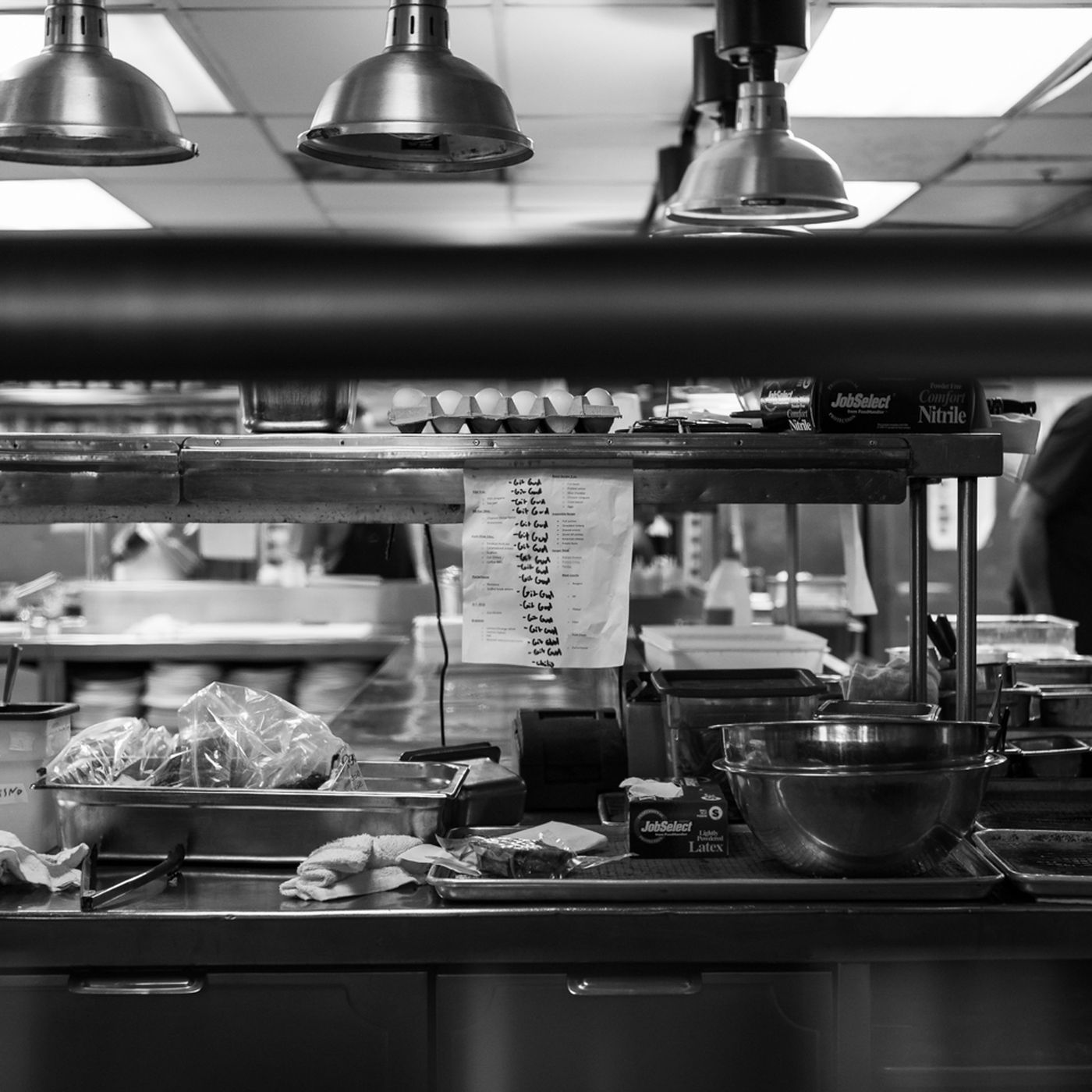In the ever-competitive world of the restaurant industry, success isn’t guaranteed, and even the most well-conceived ventures can face turbulent times.
For restaurant owners facing declining revenue and customer dissatisfaction, it’s crucial to consider a strategy that can breathe new life into the business: reconcepting. In this blog post, we’ll explore the numerous advantages of reconcepting a struggling restaurant, highlighting how this transformative process can help your establishment rise from the ashes and thrive once more.
Fresh Perspective and Energy
One of the most significant advantages of reconcepting is the opportunity to bring a fresh perspective and energy to your restaurant. When a business is struggling, it’s easy to become mired in a sense of stagnation and frustration. Reconceiving the restaurant allows you to reinvigorate your passion for the industry and infuse the establishment with new enthusiasm, motivating both the staff and customers.
Adapting to Changing Trends
The restaurant industry is ever-evolving, with consumer tastes and trends shifting rapidly. A struggling restaurant may find itself out of touch with current preferences. Reconcepting enables you to adapt and align your offerings with contemporary culinary trends, ensuring that you remain relevant and appealing to today’s diners.
Addressing Customer Feedback
Struggling restaurants often have a plethora of negative feedback and reviews. Reconcepting allows you to take a closer look at what went wrong and address those concerns head-on. This can involve revamping the menu, improving service, or rethinking the restaurant’s ambiance to better align with customer expectations.
Targeted Audience Appeal
If your initial concept failed to resonate with your target audience, reconcepting allows you to shift your focus and cater to a different demographic or niche. By tailoring your restaurant to the tastes and preferences of a specific group, you can create a more compelling offering that attracts a loyal customer base.
Creative Freedom
Starting fresh with a new concept allows for creative freedom and innovation. You can experiment with new cuisines, fusion concepts, or unique dining experiences that set your restaurant apart from the competition. This creative freedom can breathe life into your establishment and attract adventurous diners looking for something different.
Rebranding and Marketing
Reconcepting often involves rebranding the restaurant with a new name, logo, and overall image. This provides a chance to create a more appealing and memorable brand identity that can generate buzz in the community. Effective marketing strategies can help draw attention to the revamped restaurant and entice previous and new customers to give it another try.
Cost Efficiency
In some cases, reconcepting can be more cost-effective than attempting to salvage a failing concept. Rather than pouring money into a sinking ship, reallocating resources toward a new concept can be a prudent financial move. It allows for a more efficient allocation of capital and resources.
Learning from Mistakes
Failure is an excellent teacher. Reconcepting a failing restaurant allows you to learn from past mistakes and apply those lessons to the new venture. By understanding what didn’t work before, you can make more informed decisions and avoid repeating the same errors.
Adaptive Resilience
Reconcepting demonstrates a restaurant owner’s ability to adapt and evolve in response to changing circumstances. It showcases resilience and a commitment to success. This adaptability can be an attractive quality for investors, partners, and customers alike.
Conclusion
While facing the challenges of a struggling restaurant can be disheartening, reconcepting presents a viable path to rejuvenation. It’s a strategic move that can breathe new life into your establishment, infusing it with fresh ideas, creative energy, and a renewed sense of purpose. By addressing customer feedback, adapting to changing trends, and embracing creativity, you can transform a struggling restaurant into a thriving culinary destination.





